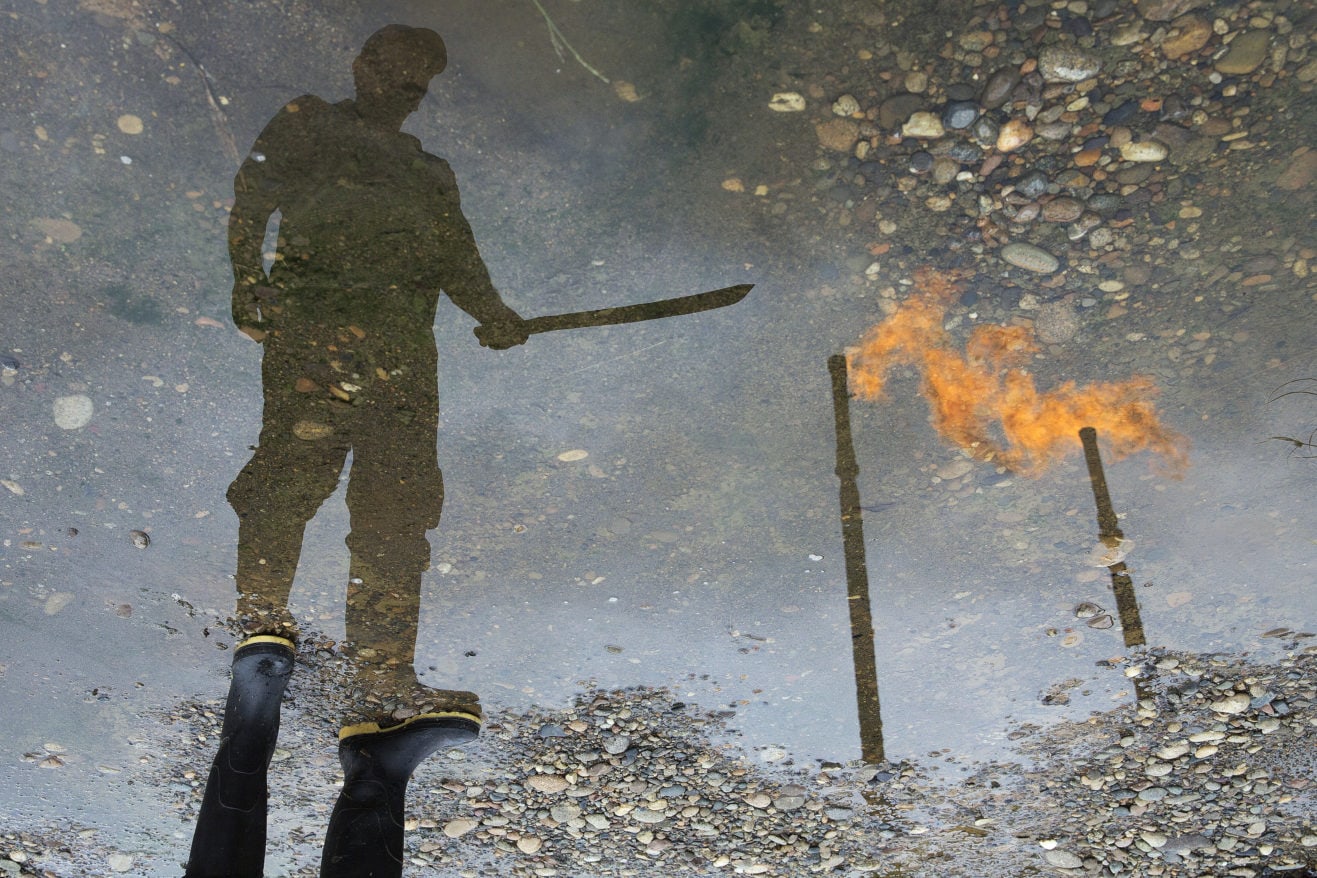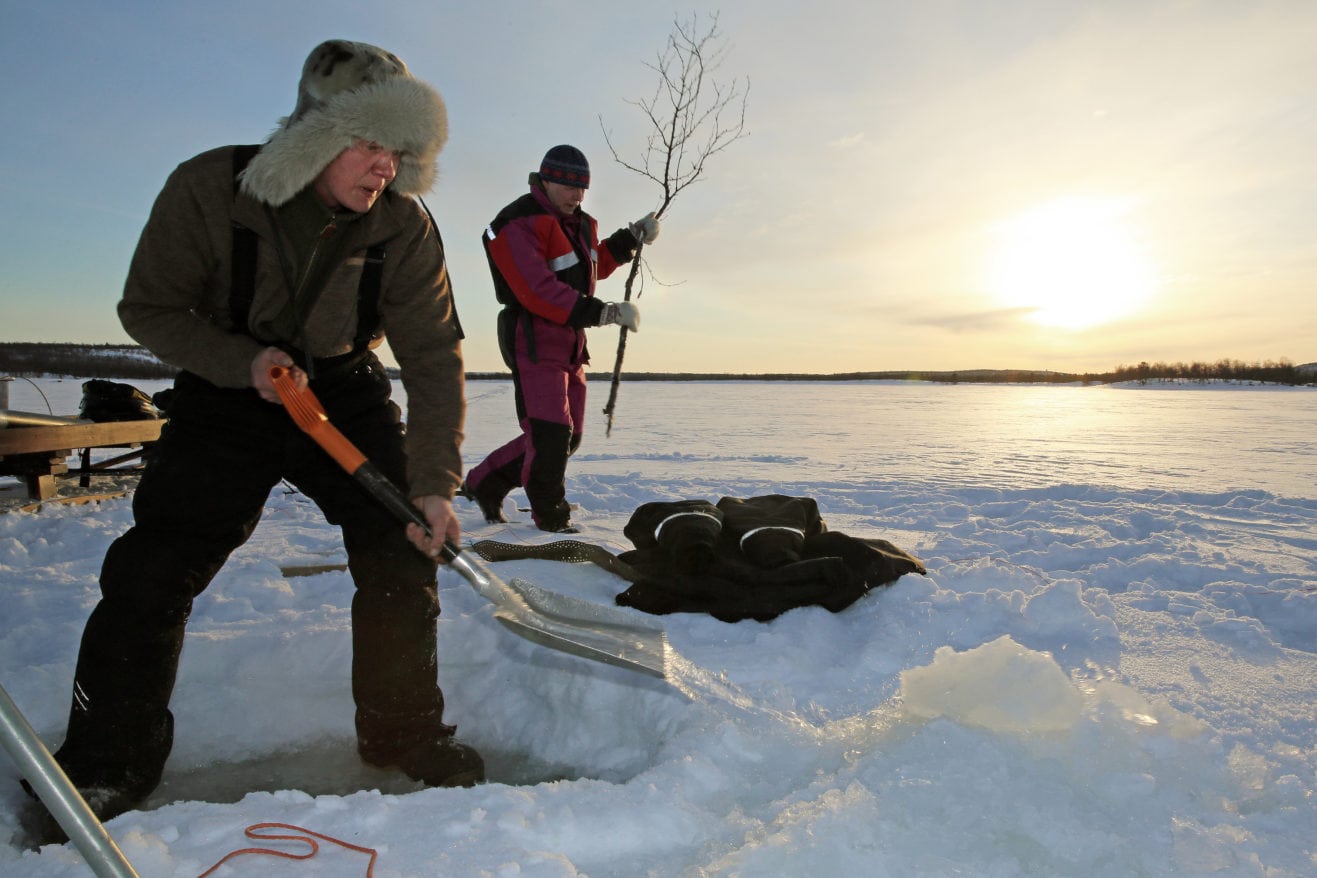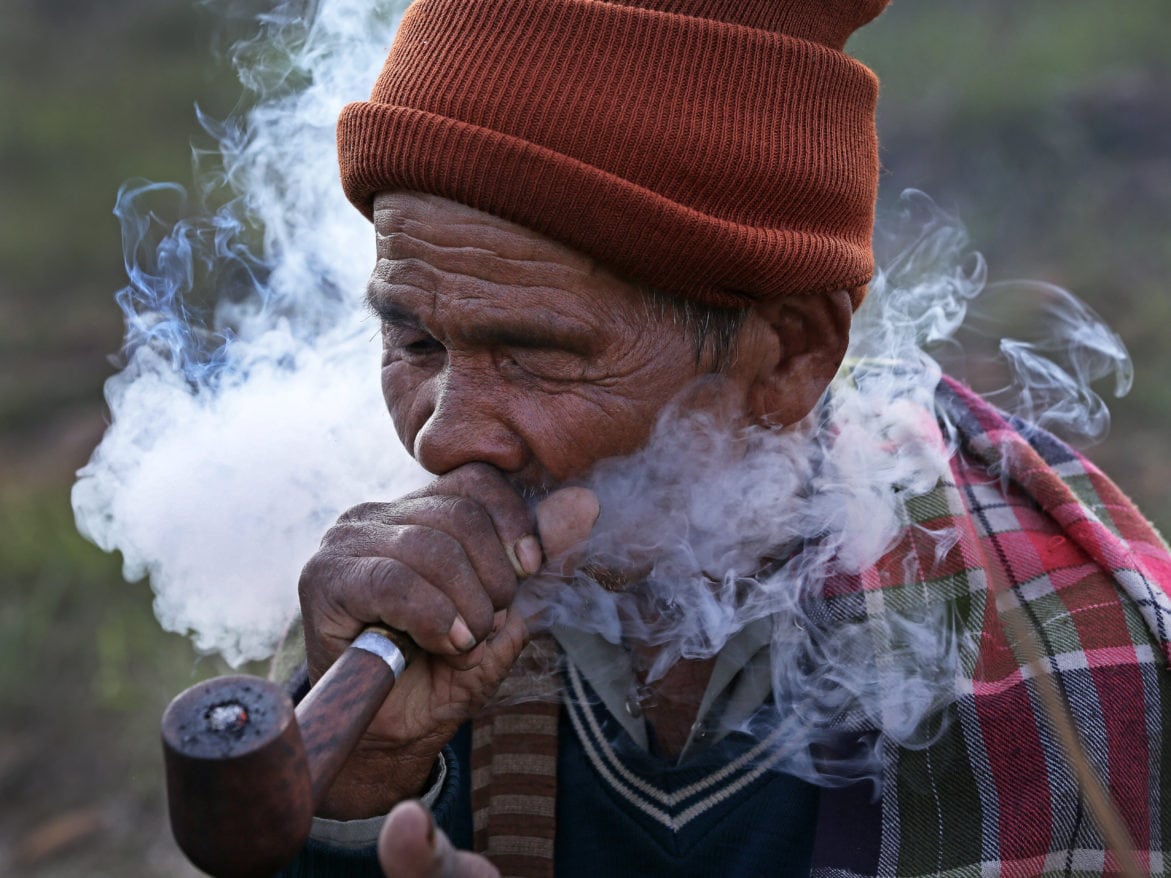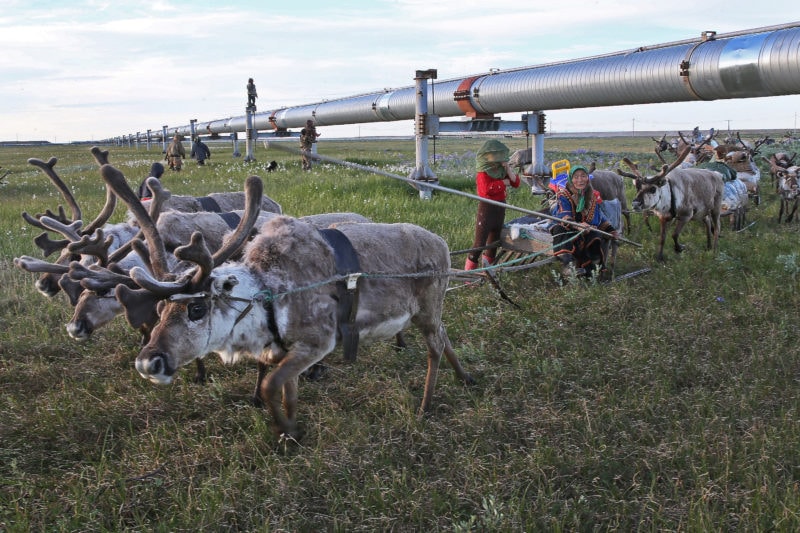Climate change is here, and no one knows it better than the Indigenous peoples. While industrialization is encroaching on their traditional territories, temperature increases, precipitation changes, and seasonal shifts are affecting the natural systems they rely on for their livelihoods. They have been living with accelerating climate change for several decades now, and are increasingly bearing the disproportionate burden of its impacts.
A mere 5% of the world’s population, the Indigenous peoples represent a large part of global cultural diversity, speaking the majority of the world’s 7,000 languages. Though Indigenous groups only inhabit a bit more than 20% of the Earth’s surface, near 80% of the planet’s remaining biodiversity is found in their territories. Over millennia, these stewards of biocultural diversity—the inextricably linked and co-evolved varieties of species, cultures, and languages—have developed an intimate relationship with our earth, backed by a track record of living on the planet without leaving a trail of devastation. Their vast, ever-adaptive, and living body of knowledge about the natural world is essential to global health and food security, and shapes local approaches to climate change adaptation and mitigation. As humankind scrambles for solutions to environmental crises of its own making, the Indigenous knowledge, wisdom, and stewardship of their traditional territories represent an archipelago of hope, for therein lies our best chance to recall how to keep our earth healthy for future generations.
My book, The Archipelago of Hope: Wisdom and Resilience from the Edge of Climate Change, documents how the inextricable relationship between Indigenous cultures and their territories forms the foundation for climate change resilience around the world. Below are illustrations of some of the responses to the challenges these communities face.
Sápara, Ecuador

Oil development has destroyed the local environment and livelihoods of Indigenous communities in Lago Agrio, in the Ecuadorian Amazon. The neighboring Indigenous Sápara people are fighting to prevent a similar fate for the Naku, their sacred rainforest. They are campaigning locally and globally against oil development in their territory. At the same time, they tirelessly work to restore and maintain their traditional ecological knowledge—be it securing food, procuring medicine, traveling through the forest, or building shelters—that is indispensable to the well-being of their people and their territories.
“The more oil we pump and burn, the more the climate changes.” says Gloria Ushigua, coordinator of Ashiñwaka, the Association of Sápara Women. “If we really want to stop climate change from getting worse, we must leave the oil where it belongs: in the ground.”
Skolt Sámi, Finland

Jouko Moshnikoff (left) and his friend Teijo Feodoroff (right) set nets under the ice of the Näätämö River—one of the few remaining free-flowing waterways in northern Europe that still supports wild populations of Atlantic salmon. These Skolt Sámi reindeer herders and fishermen are catching predatory fish, like pike and burbot, to help Atlantic salmon—their traditional food source—recover.
In collaboration with the Snowchange Cooperative—a global network of Indigenous and local communities working to enhance climate change resilience in their localities—the Skolts have developed a plan to strengthen the health of their traditional salmon fishery along the Näätämö River. They are working on restoring traditional spawning habitats to improve salmon survival, as well as reducing the population of predatory species of fish that are hunting juvenile salmon.
Khasi, India

A cloud of smoke escapes from a pipe of an old Khasi man, as he is watching a traditional weekly archery contest between the villages of Dewlieh and Sohrarim in Meghalaya, India.
Meghalaya, literally “Abode of the Clouds,” is an Indian region that has historically been one of the wettest places on earth. Local Khasi farmers worry that the name may soon lose its meaning. Climate change is causing shortages of water, especially in the winter, which does not bode well for local farmers. In addition, there is an influx of climate refugees from neighboring Bangladesh, where rising sea levels have submerged large coastal regions. In 2007, traditional chiefs of the Khasi tribe decided to create a local Grassroots Democracy Award and bestow it upon Al Gore for his campaign against global warming, in order to draw international attention to the unfolding climate crisis in their region.
Nenets, Russia

Five-year-old Pavlik Khudi helps his parents and grandparents to hitch up reindeer to the sleighs, in preparation for “kaslat,” or “moving camp” in the Nenets language. He is leading a bull from a makeshift corral to the sled, as his grandma Nina looks on.
The reindeer-herding Nenets have been part of the landscape of the Yamal (which means “the end of the earth”) in the Russian Arctic for over millennia. They have weathered many environmental and social changes, including swings of the climatic pendulum between warming and cooling periods, as well as social blows coming from the rule of Russian Tsars, the Communist dictatorship, the chaos of Soviet collapse, and—most recently—the iron-fisted grip of the post-Soviet state energy complex. Through it all, the Nenets have managed to adapt in a way that has kept their culture alive. Their resiliency arises in large part from their ability to continue annual reindeer migration over hundreds of miles, to ensure that their animals have access to rich coastal pastures in the summer and to the shelter of the forest in the winter.

Since the collapse of the Soviet Union, significant new pressures, including a boom in gas and oil production and the increasing effects of climate change, have arrived in the homeland of the Nenets. The irony of the Nenets’ predicament is that—while they are a low-carbon society (using reindeer sledding instead of mechanized transportation, for example) and have maintained Yamal ecosystems despite centuries of herding, hunting and fishing—they are now the ones bearing the burden of climate change. Permafrost melt is impeding their access to summer pastures, while “rain-on-snow”—freezing rain in the winter—is preventing reindeer from reaching the lichen. Moreover, it is precisely the land that they have diligently taken care of for generations that is becoming one of the greatest contributors to climate change–first through being a hotspot of oil and gas development that feeds the EU economy, and then as a growing source of highly potent GHG methane, which is released from peat lands and tundra as the permafrost melts.

